Heat Exchangers
High-Strength, High-Thermal-Conductivity Heat Exchanger CC Al-Fe-Ni Alloy Fin StockFor Automobile Radiators and Air Conditioning Fin Materials
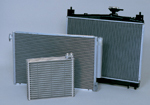
We have developed fin materials created using the continuous casting (CC) rolling method for use in automobile heat exchangers. Compared with fin materials made using the conventional semi-continuous casting method, materials are high in strength and have a high heat transfer rate.
Features
- To create fin materials that allow walls to be thinner requires that particles be finer and dispersed more densely to increase strength.
- We have succeeded in raising the heat transfer rate compared with conventional materials by optimally mixing additive elements to increase the heat exchange ratio.
- Using a fused braze material with high corrosion resistance results in good connections.
Casting Method
Semicontinuous casting method
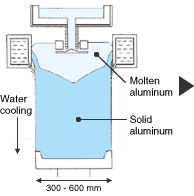
Continuous casting rolling method
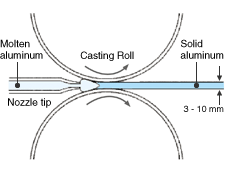
Product Characteristics
Characteristics comparison with conventional products
| Conventional products created using semicontinuous casting method | Newly developed CC fin materials using continuous casting rolling method | |
|---|---|---|
| Metallic structure of fin materials | 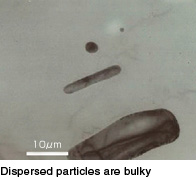 |
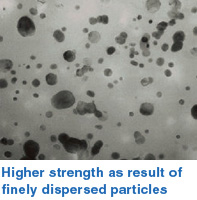 |
| Joining capabilities (braze adhesion) of tube materials and fin materials Comparison of conventional materials and CC fin materials after brazing for three minutes at 605°C |
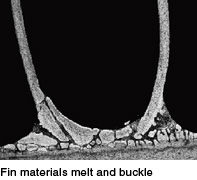 |
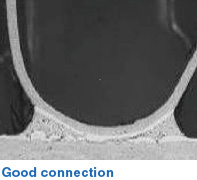 |

